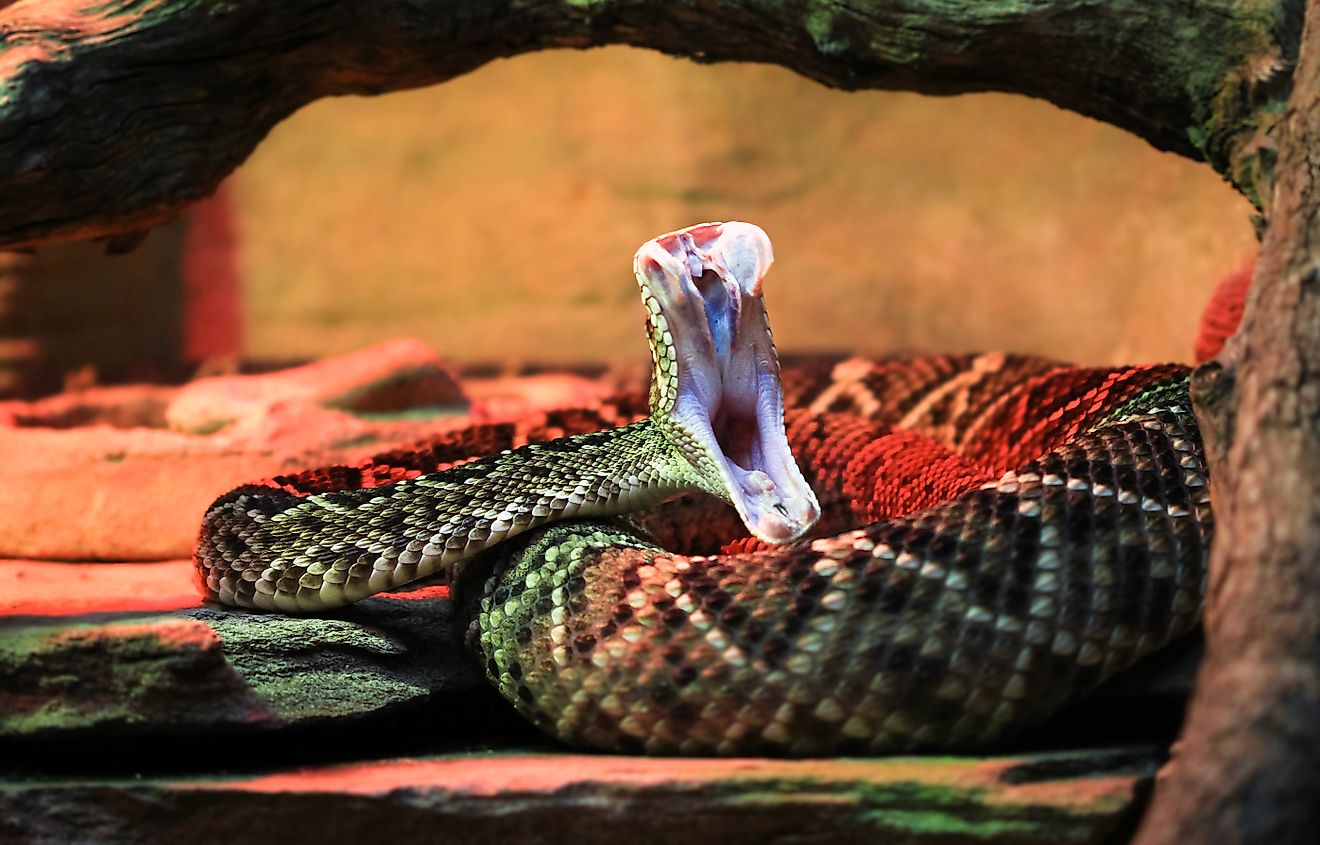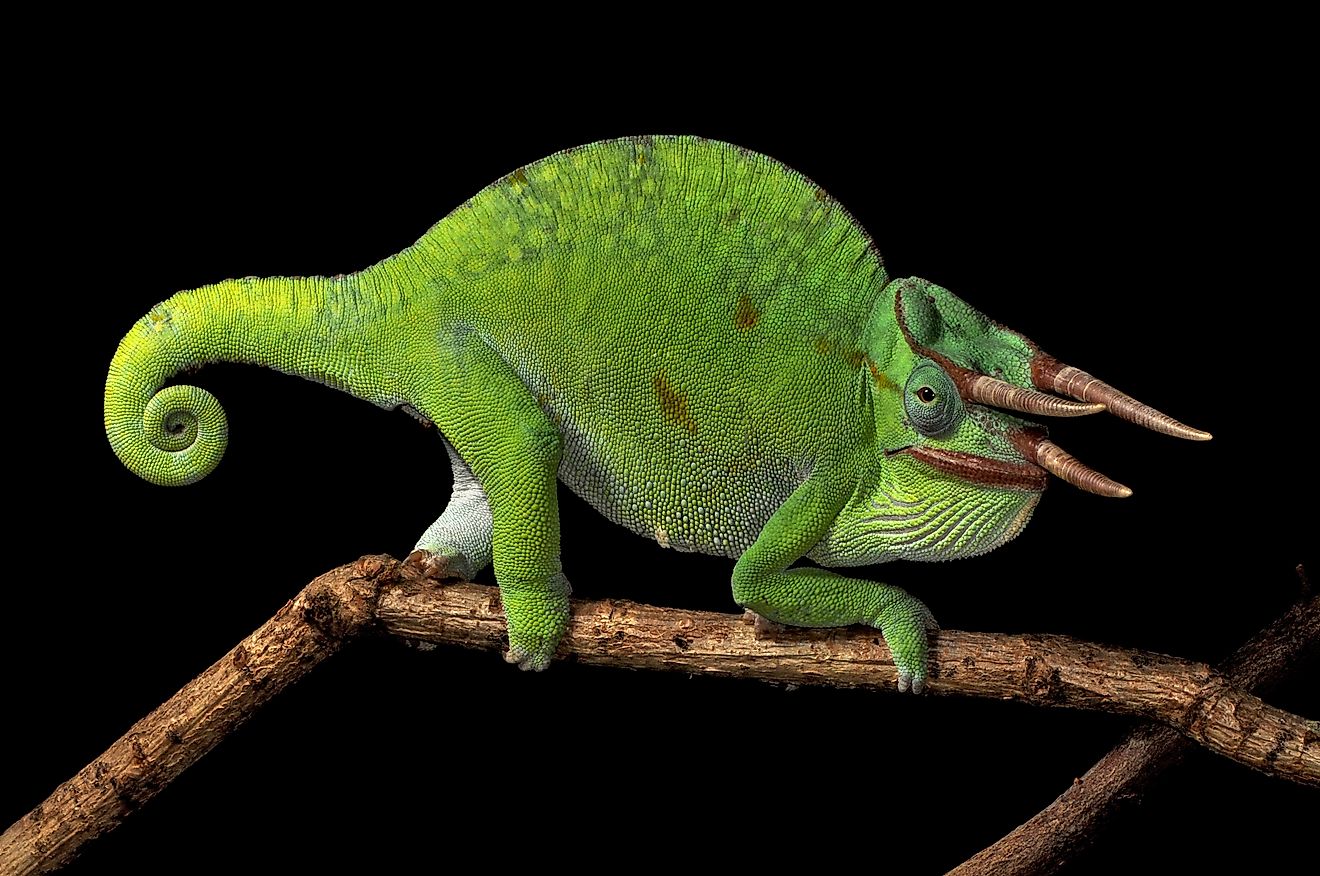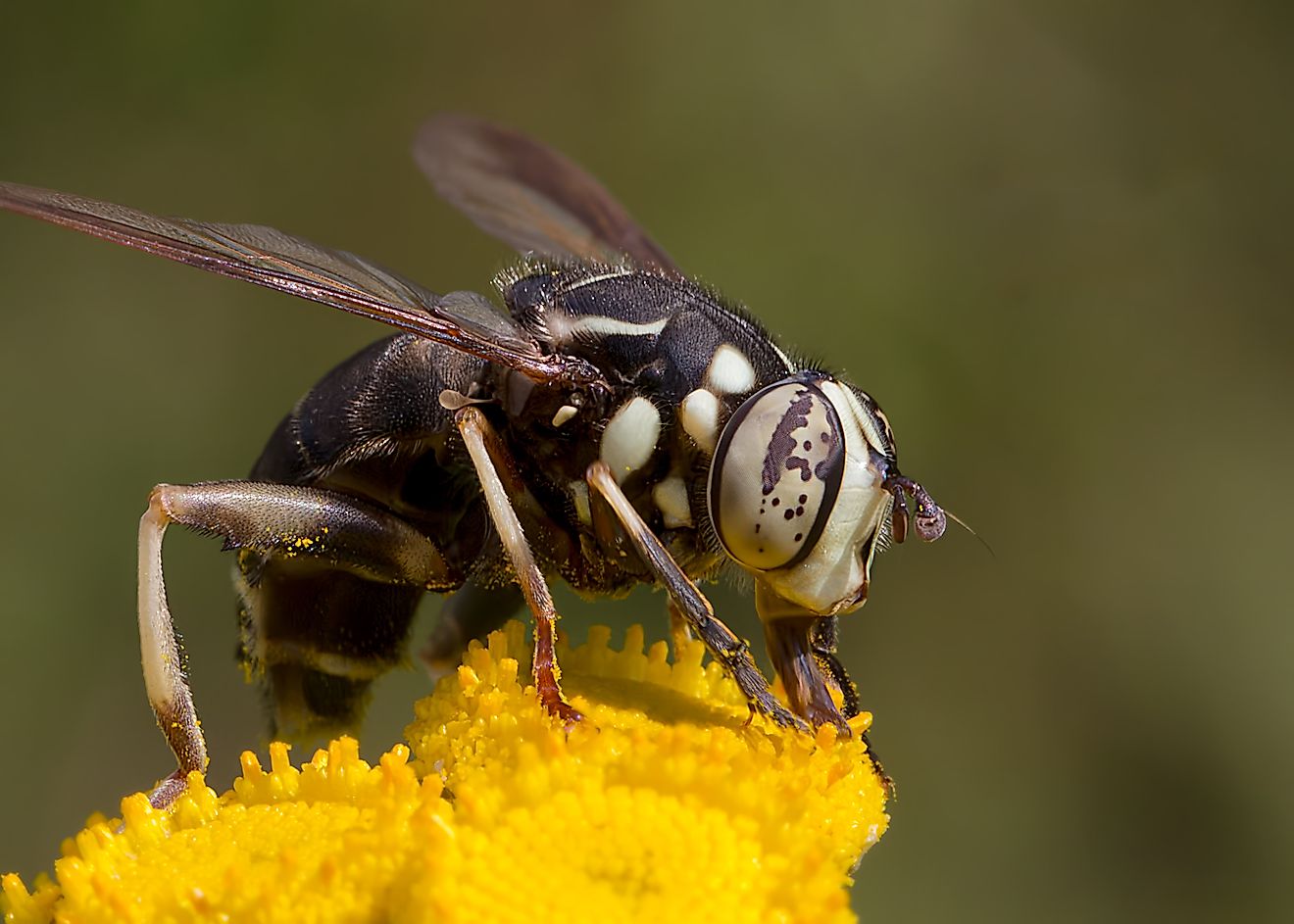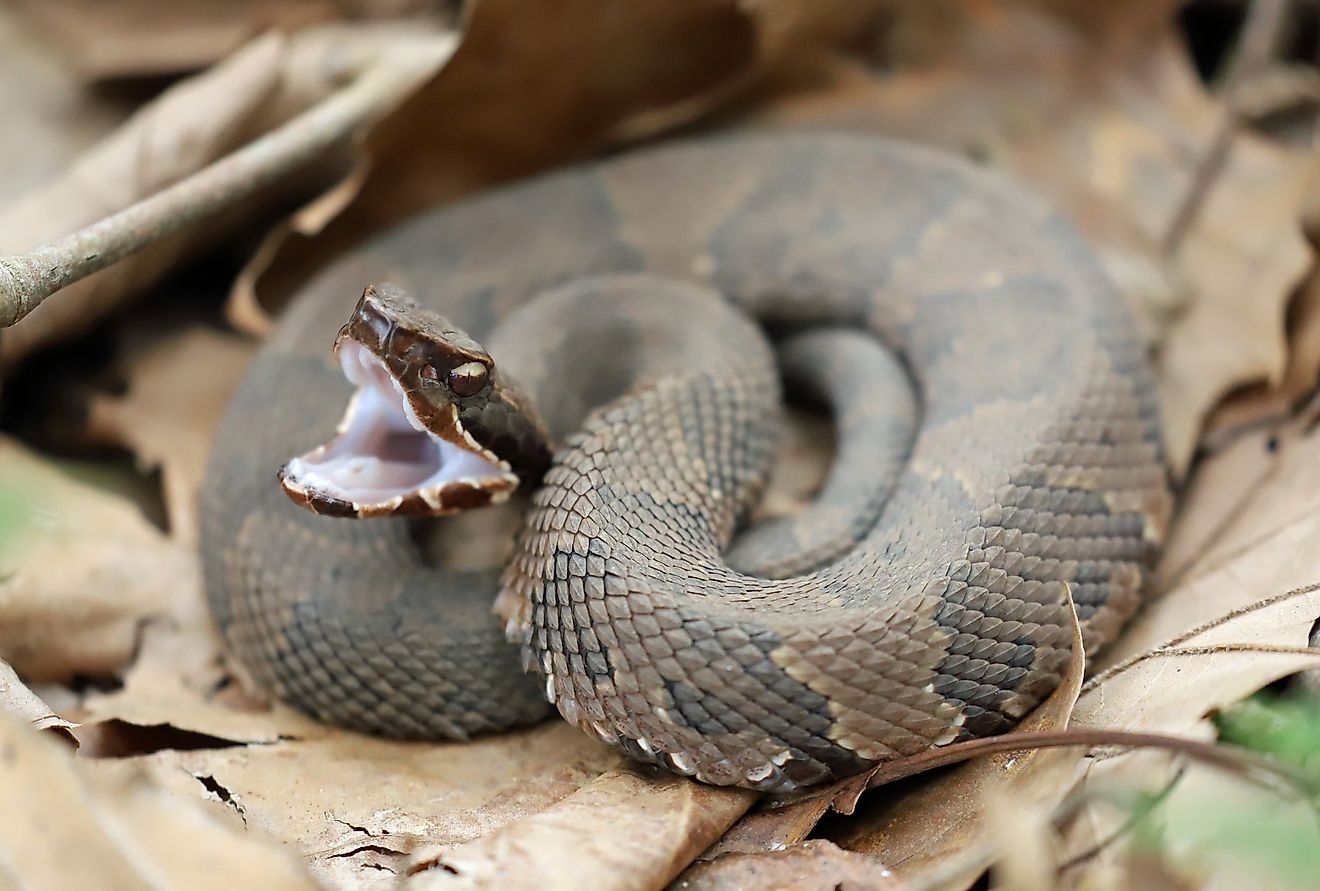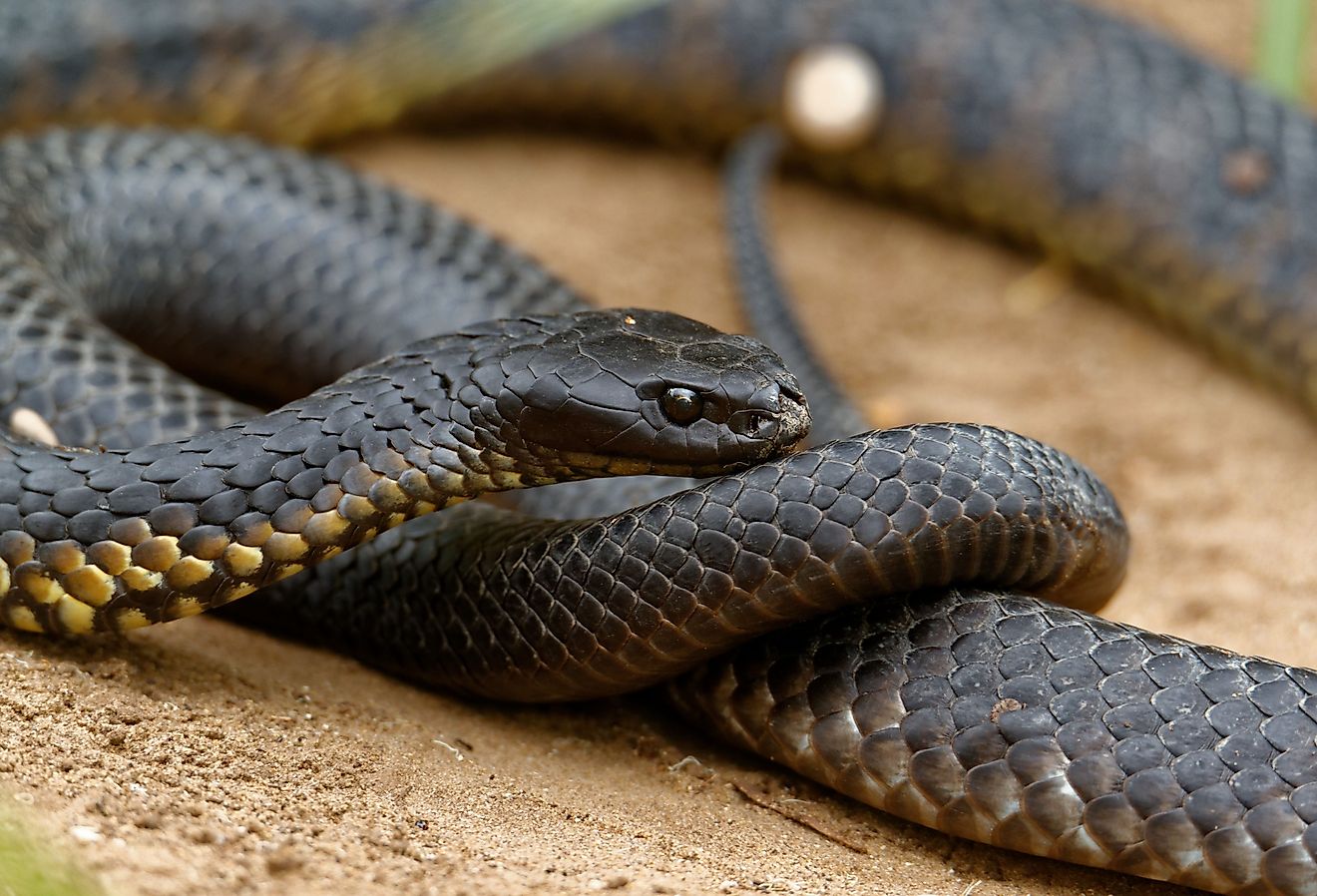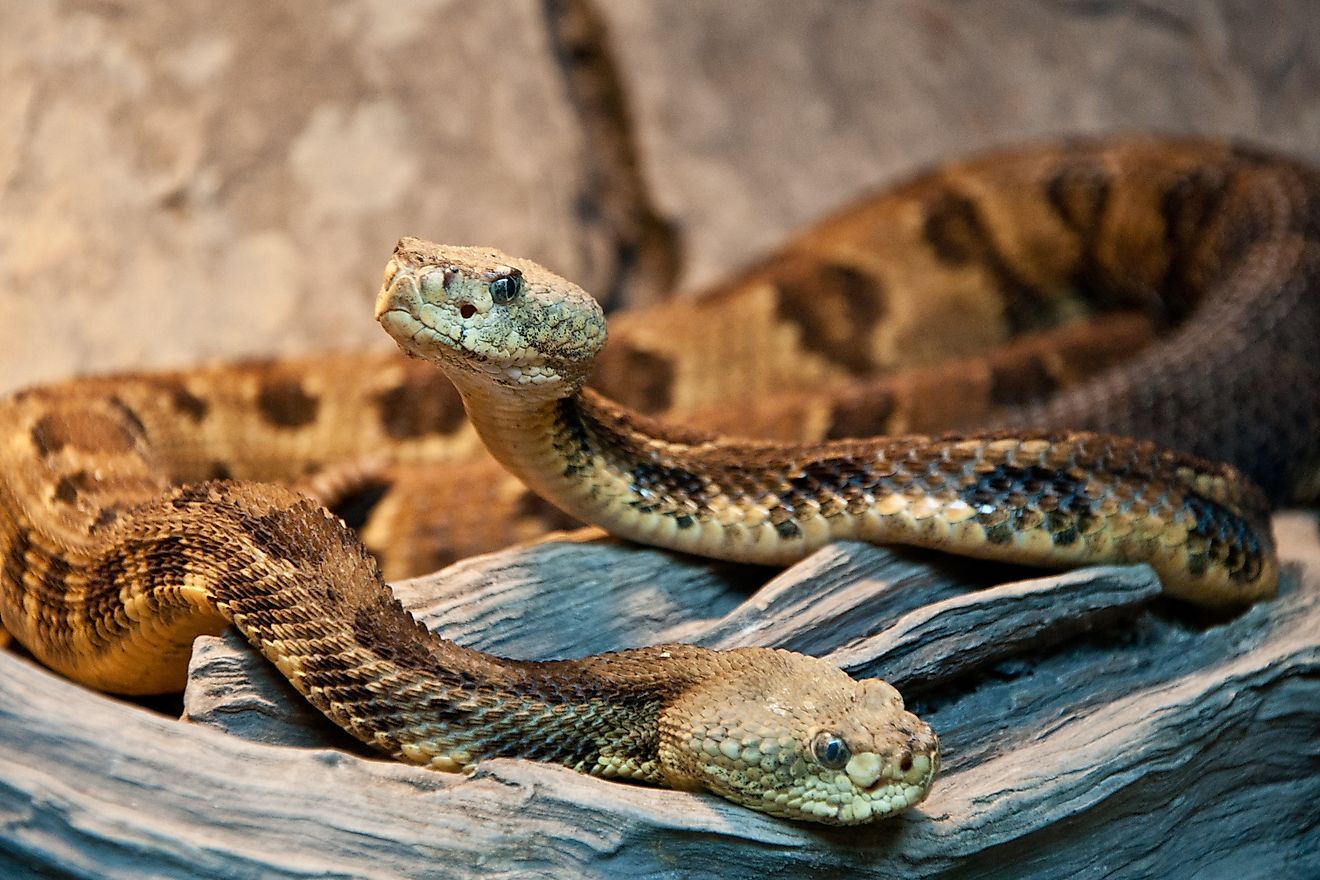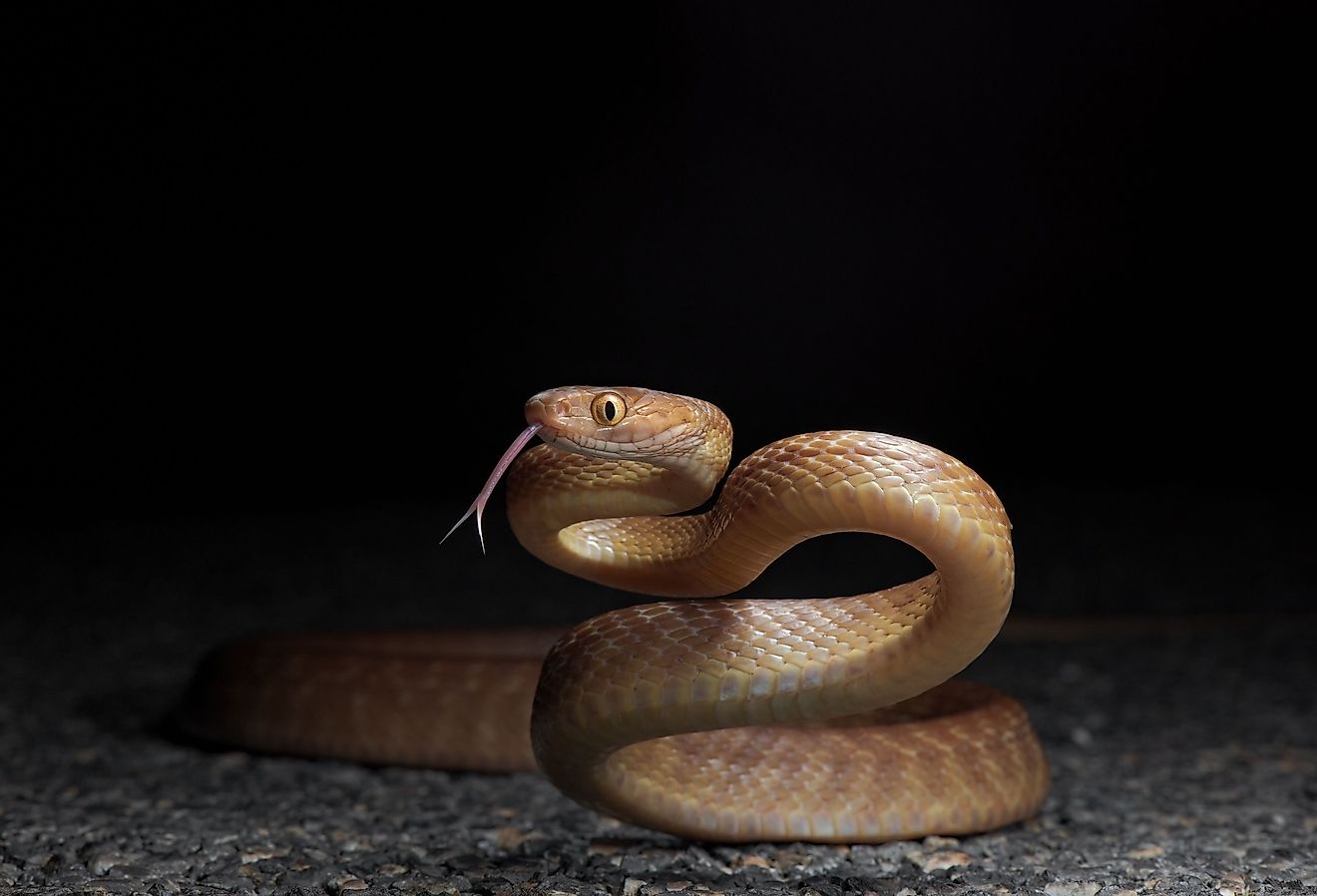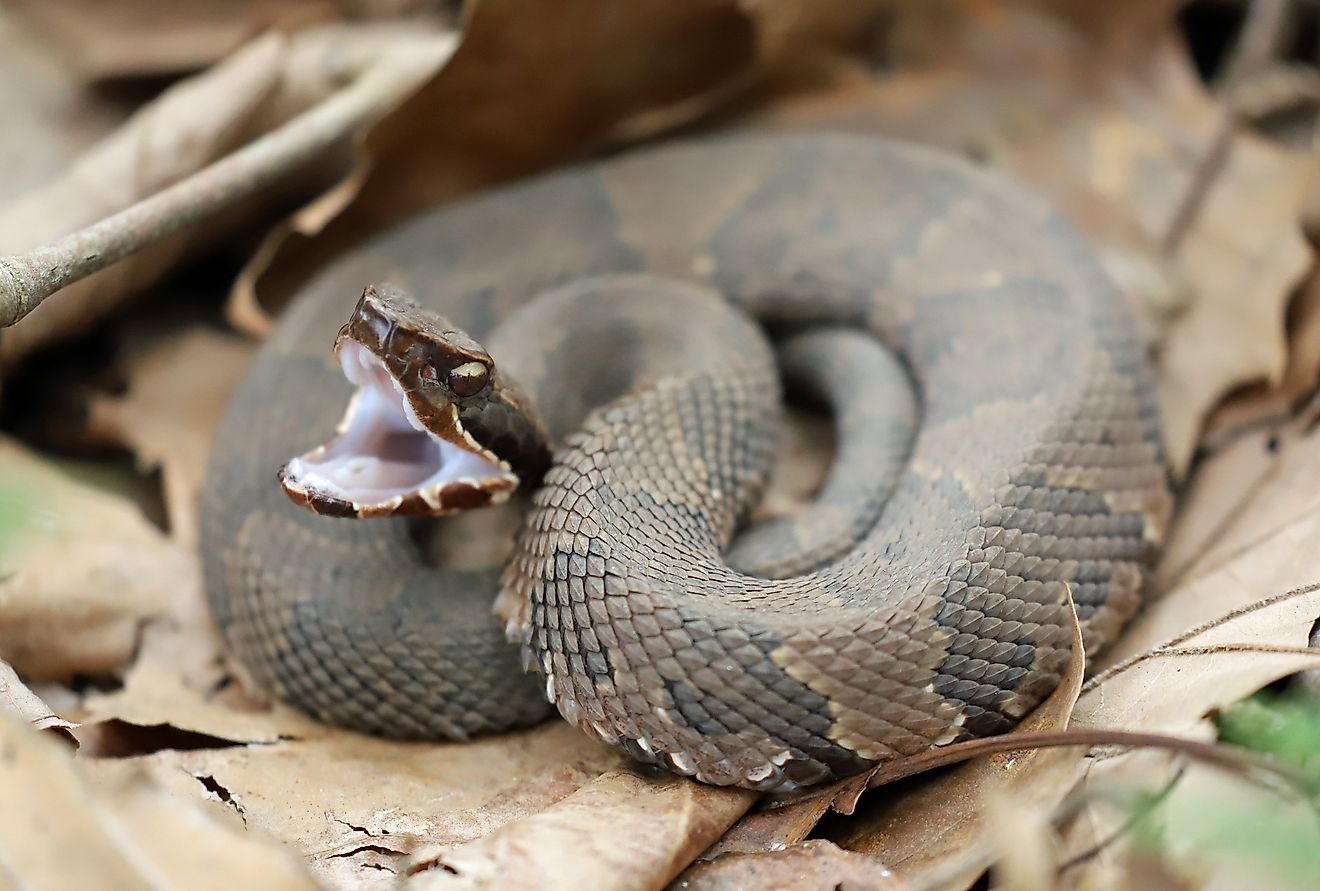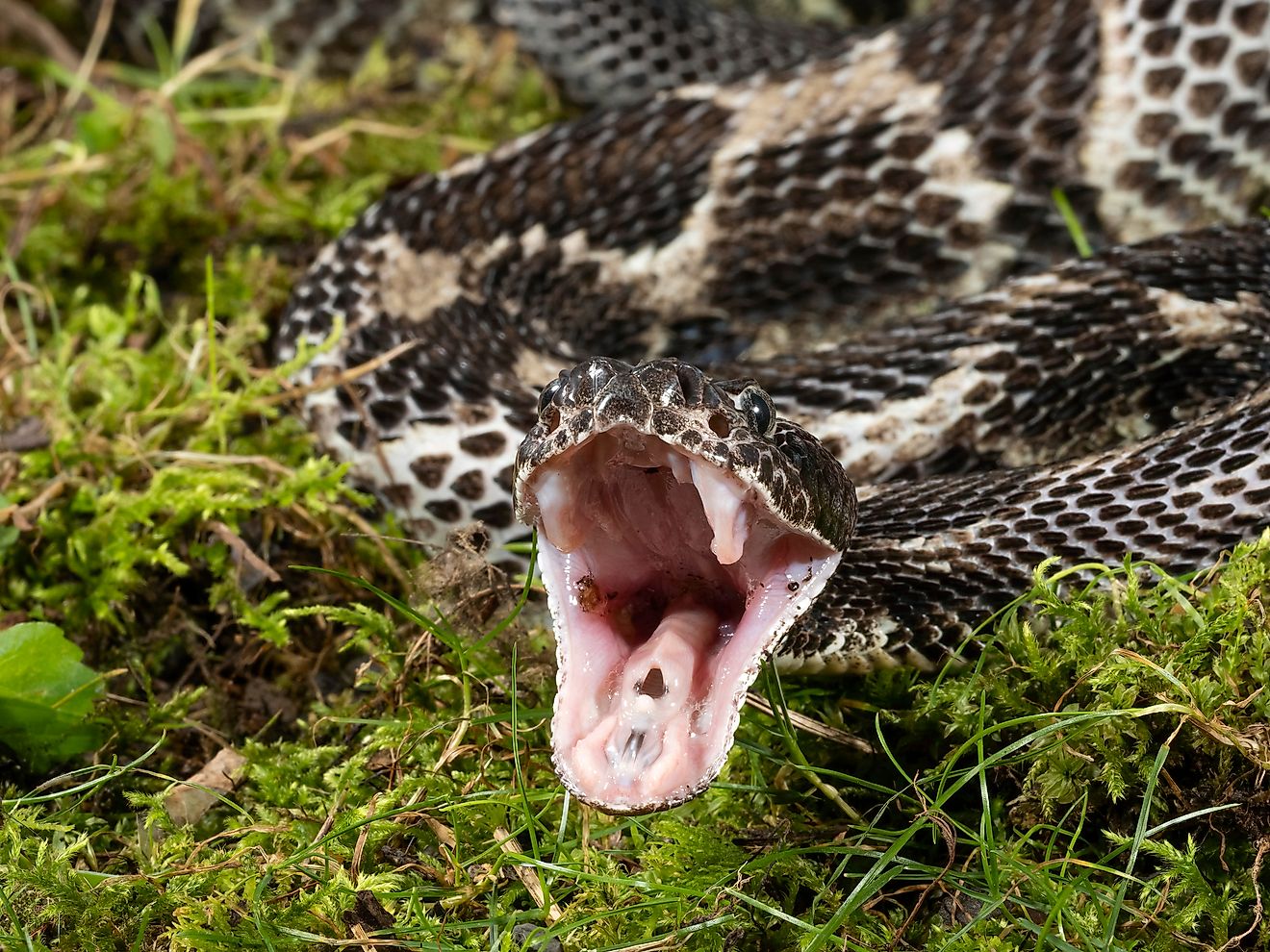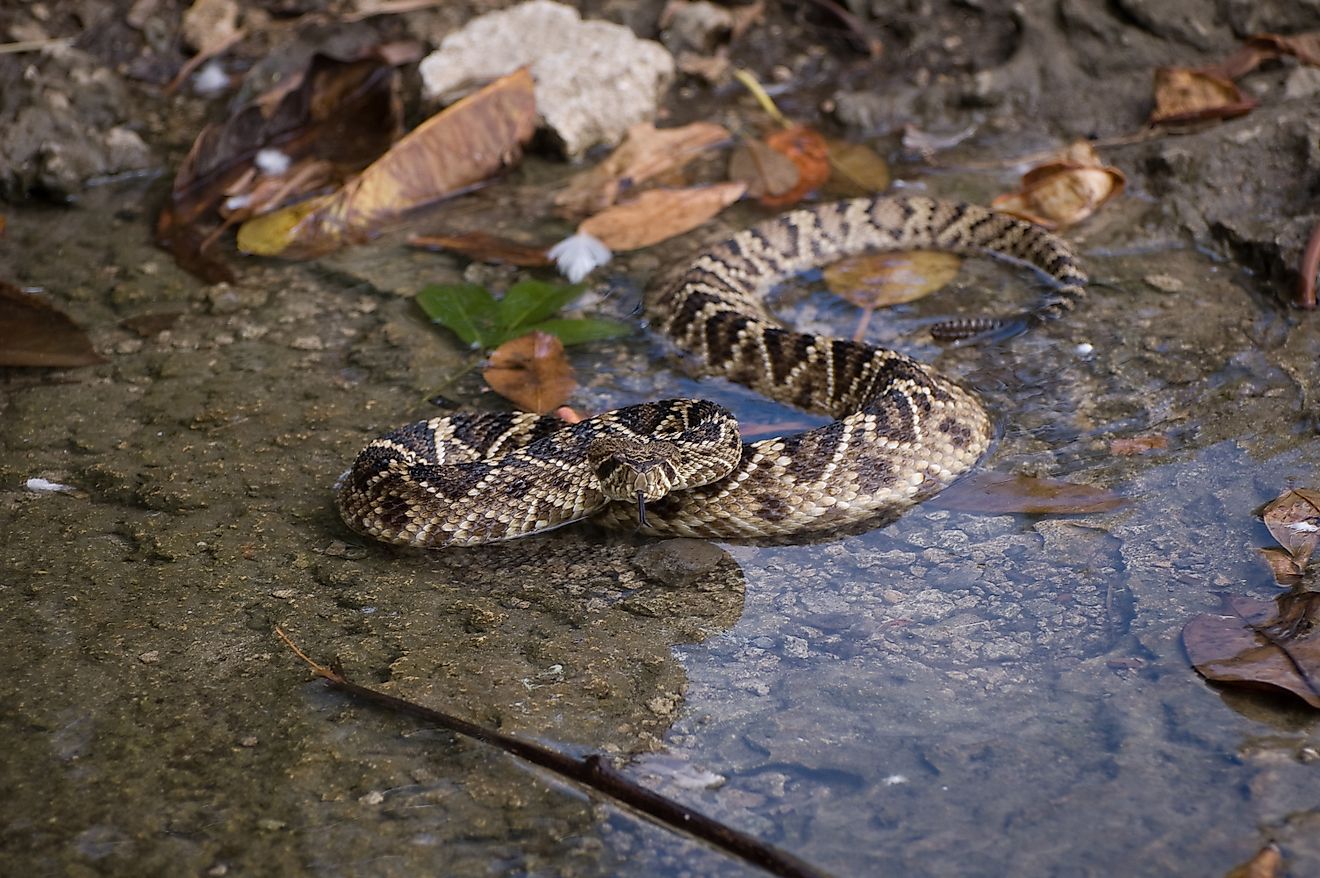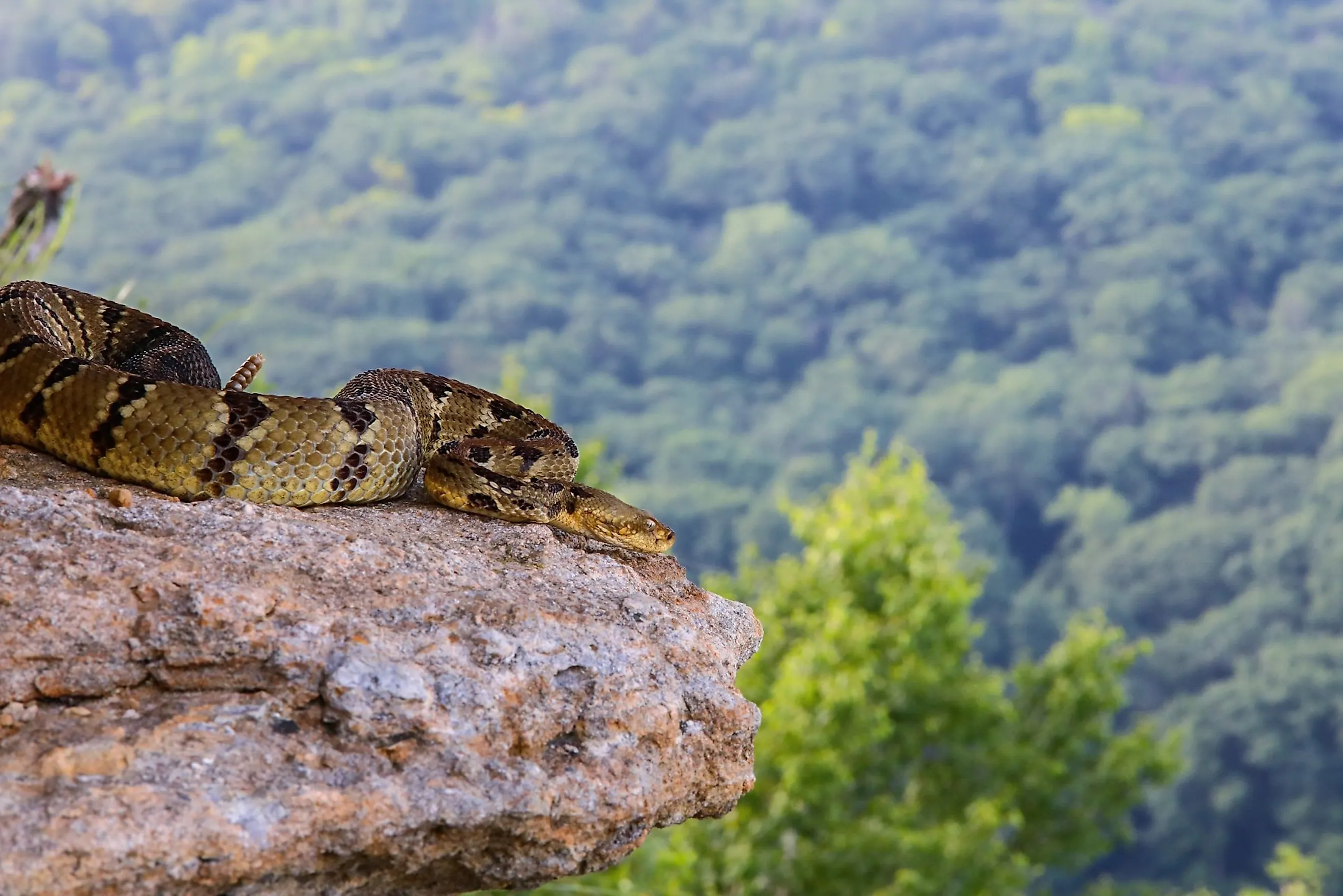
The 13 Most Snake Infested Areas In Wisconsin
There are about 21 snake species in Wisconsin, 8 of which are considered endangered and facing diverse threats of grave concern. From human persecution to habitat loss, these hazard indices continue to hamper Wisconsin's snake population. America's Dairyland houses a rich aquatic ecosystem comprising approximately 15,000 lakes and 12,600 rivers and streams. This creates an ideal environment for an array of species to thrive, leading to large snake populations in some regions of the state. While most people consider snakes "enemies" and attack them at first sight, there is no need to dread most snakes in Wisconsin. Of all the snake species, only two are poisonous and belong to the rattlesnake family. Furthermore, snakes have a vital ecological role to play, and only those who do not appreciate or understand this end up persecuting them unnecessarily. Here are some of the most snake-infested areas in Wisconsin.
Caledonia
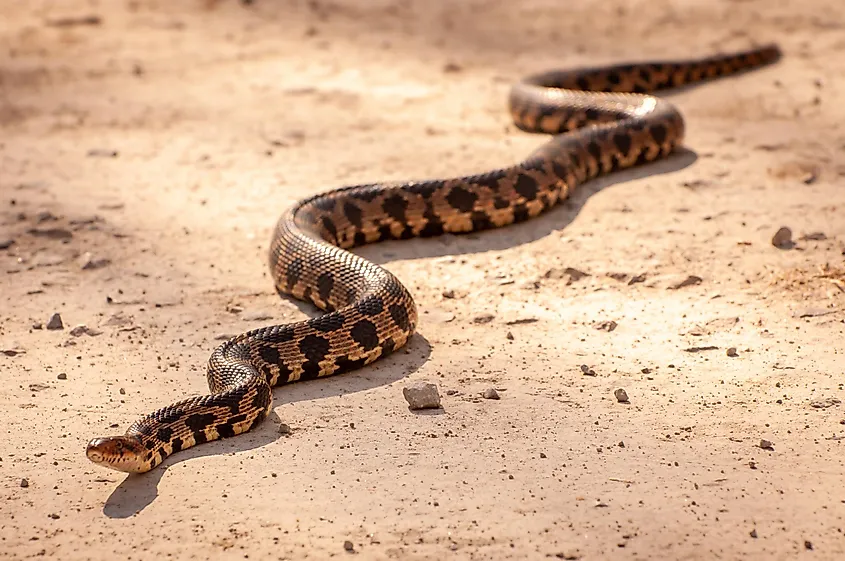
This tiny village in Racine County is surrounded by parks, woodland areas, and wetlands, highlighted by the Fox River. These natural spaces enable a variety of snake species to thrive, including the Eastern Fox Snake, Common Garter Snake, Eastern Milksnake, Northern Water Snake, and Eastern Ratsnake. The habitat diversity and abundance of prey like rodents, fish, and amphibians in the parks and other natural areas provide an ideal atmosphere for snakes, especially the common garter snake. Since several nature spots in Caledonia are used for recreation, residents have become more accustomed to snake encounters and less fearful. Furthermore, conservation groups, such as the Caledonia Conservancy, spread awareness of snakes' ecological roles and benefits to foster peaceful coexistence with the general public. Overall, the efforts have resulted in tolerance with the acknowledgment that snakes have a right to exist in the local environment.
Mineral Point
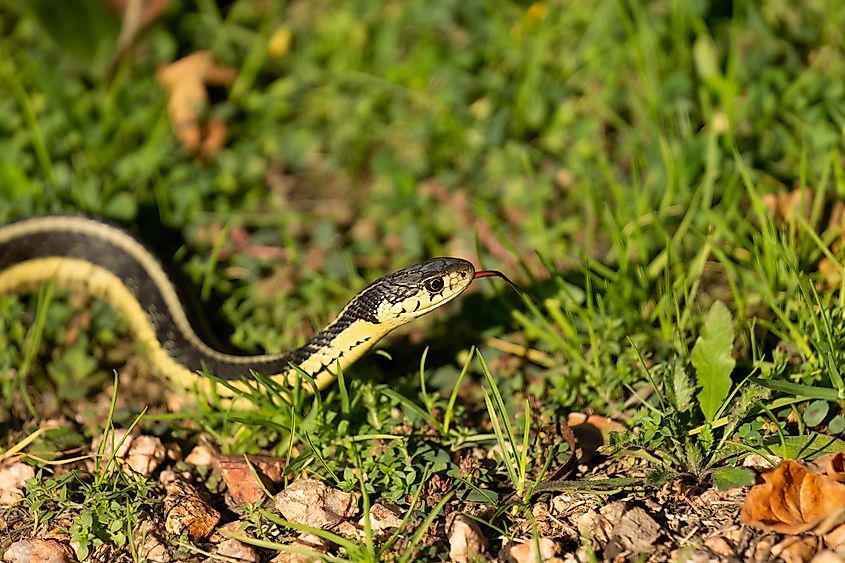
Mineral Point can be found within the Madison Metropolitan Statistical Area. This small locality harbors a mix of grasslands, forest patches, wetlands, and waterways that attract snake populations. The predominant snake species is the Common Garter Snake, but you will also come across the Western Ribbon Snake, Smooth Green Snake, Eastern Hognose Snake, and Northern Water Snake, thanks to the connected natural areas, mild climate, and slow urban development, allowing their numbers to thrive. Snakes are expected to be encountered in gardens, yards, and parks throughout Mineral Point, and most snake bites result from individuals trying to persecute them without justifiable cause. Fortunately, the local conservation bodies hand out snake safety posters for parks and trails, educating people on what to do upon encountering snakes. Also, the University of Wisconsin Madison Herpetology Lab researches snake habitat use, movement trends, and survival rates.
Prairie Du Sac
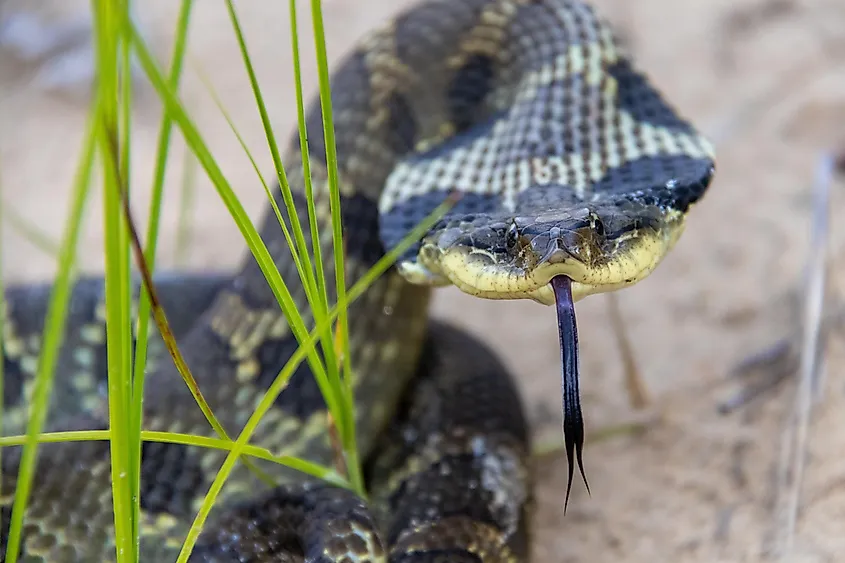
Prairie du Sac is a small village along the Wisconsin River. The surrounding landscape predominantly features temperate deciduous forests, agricultural lands, grasslands, and wetlands along the Wisconsin River floodplain. You will often encounter species like the Northern Water Snake, Eastern Milksnake, Eastern Hognose Snake, and Common Garter Snake. However, sightings of larger species like the Western Ratsnake have been reported, making it one of the most snake-infested areas in Wisconsin. This can be credited to the abundance of undisturbed forest patches, remnant prairies, and wetlands, which provide a suitable habitat for snakes. Recreational users and adventurers constantly encounter snakes when exploring the outdoors and are often advised to keep a safe distance during such instances. Meanwhile, conservation efforts by the Sauk Prairie Conservation Alliance see them partnering with local schools to spread awareness of lake snakes, their roles, and the need to coexist with them.
Burlington
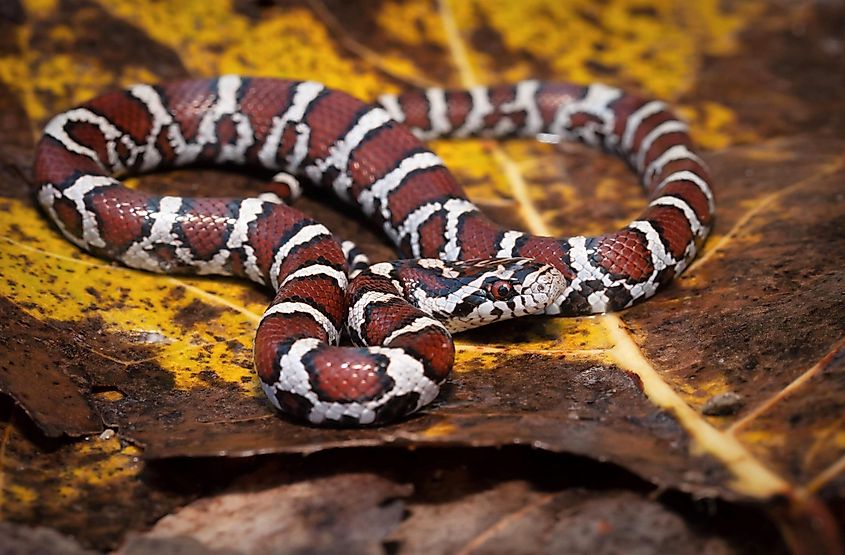
Burlington is a town along the Fox River floodplain, resulting in wetland and woodland landscapes throughout the city. However, you will also encounter patches of agricultural fields, maple-basswood forests, and prairie lands in Burlington. This natural habitat draws a variety of snake species, such as the Hognose Snake, Water Snake, Garter Snake, and Milksnake.
The populations continue to thrive due to the mild climate, plenty of food sources, and the minimal availability of natural predators. Recreational and outdoor enthusiasts typically encounter them, especially garter snakes. Despite this, the interactions are mostly peaceful, with the community learning to give them space. Some local conservation efforts include training kids not to interfere with snakes and signage along outdoor trails that encourage peaceful cohabitation.
Portage
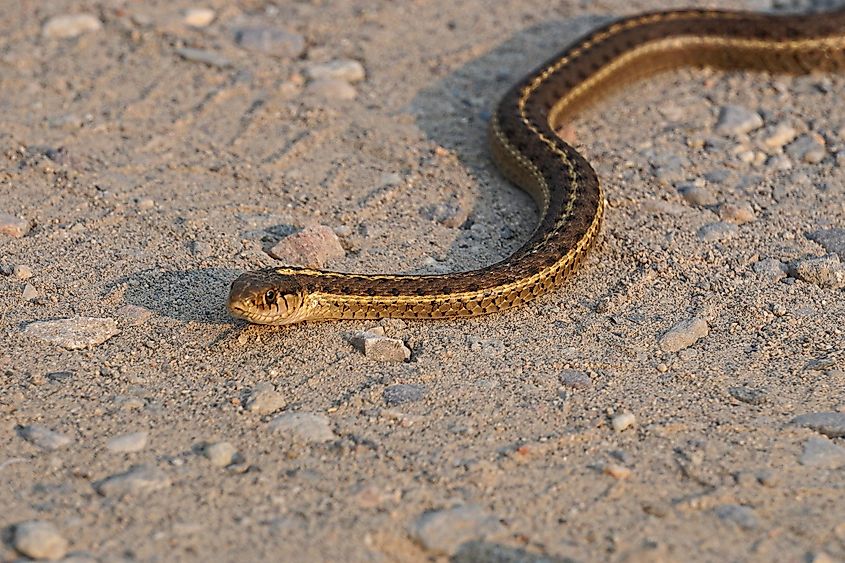
Portage is the seat of Columbia County and lies along the Wisconsin River floodplain, an area punctuated by diverse landscapes featuring wetlands, prairies, floodplain forests, and agricultural lands. This variety of habitats attracts a significant snake population, predominantly garter snakes and water snakes. However, you will also find hog-nosed snakes hunting for prey in the area. The abundance of rodents and other small animals and the diversity of habitats create the perfect conditions for large snake populations.
For a town encircled by natural areas, snake encounters are commonplace in Portage, especially with garter snakes. People have become acclimated to their existence with frequent, peaceful interactions. The city has tried to limit wildlife-human encounters by involving wildlife rehabilitators to humanely extract snakes that wander into homes and release them into natural areas.
Delavan
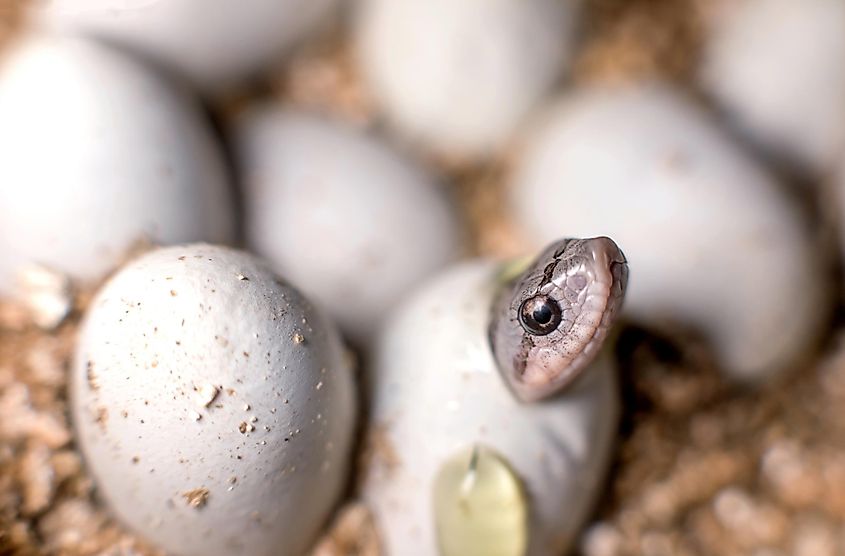
Delavan sits about 53 miles from Milwaukee and houses a habitat of wet prairies, woodlands, marshland areas, and open fields. Furthermore, there are over 100 acres in Delavan's park system, with venues such as Congdon Park and Ned Hollister Wetlands Conservancy. This has created an ideal habitat for garter snakes, water snakes, and hognosed snakes. People typically encounter snakes when they come out to bask in the sun when exploring the Delavan Park system and near residential areas. Luckily, conflicts are rare due to efforts to educate the public on the ecological role of snakes.
Baraboo
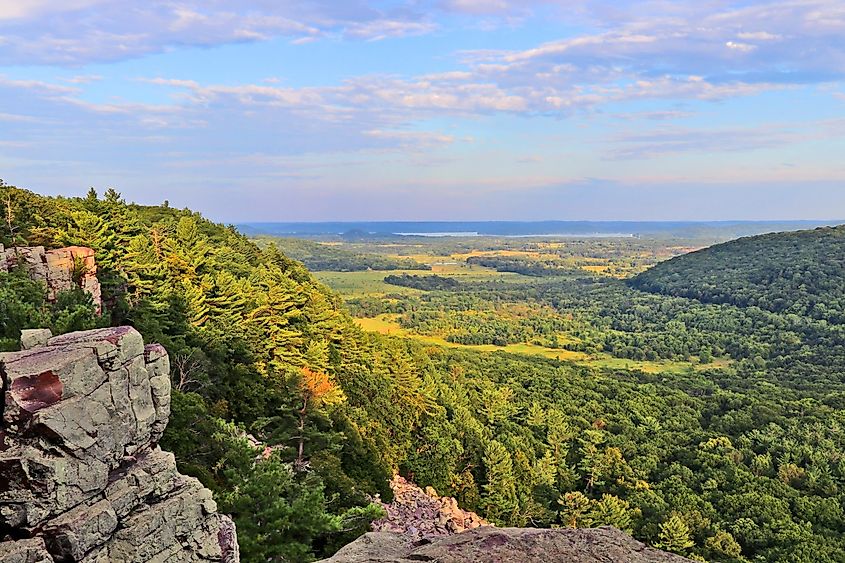
Baraboo comprises a mosaic of forests, barren lands, and wetlands. However, the town is home to the expansive Devil's Lake State Park, among the most snake-infested regions in the state. More than 13 snake species slither over the Baraboo backcountry, including the small red-bellied snake, Northern water snake, black rat snake, and the poisonous timber rattlesnake.
With Devil's Lake State Park being among the most visited parks in the country, with almost 3 million guests annually, snake encounters are common among hikers, hunters, boaters, and campers. At Devil's Lake State Park, there are efforts to preserve the snake population by WDNR herpetologists, who, in conjunction with the University of Wisconsin-Madison students, track the movements of smooth green snakes and patterns in habitat use.
Monroe
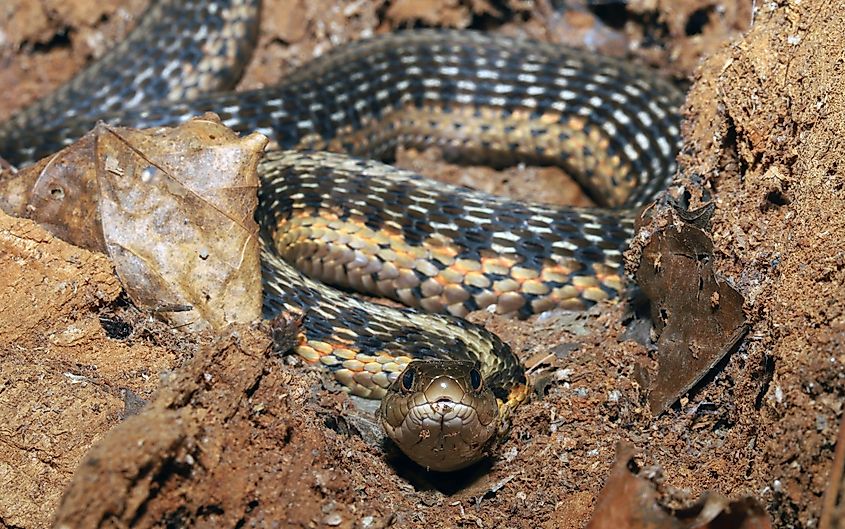
Monroe is a small city along the Pecatonica River, with wetlands, woodlands, agricultural lands, and prairies. The location also features floodplain forests on the Yellow River corridor that support unique snake populations. The typical snake species is the garter snake, which dominates the whole state, but you will also find milk snakes in wooded areas and water snakes in wetlands. Overall, the snake population is supported by the abundance of rodents and other small animals in the diverse natural habitats and a mild climate that allows them to thrive.
There is a general appreciation among community members for the importance of snakes and their vital role in the local ecosystem. Recreational enthusiasts on the Yellow River constantly spot water snakes basking on the banks, but they know better than to approach them. To aid conservation, the Green County Land Conservancy protects acres of wet prairie and floodplain forest through habitat restoration for species like the hog-nosed snake.
Lancaster
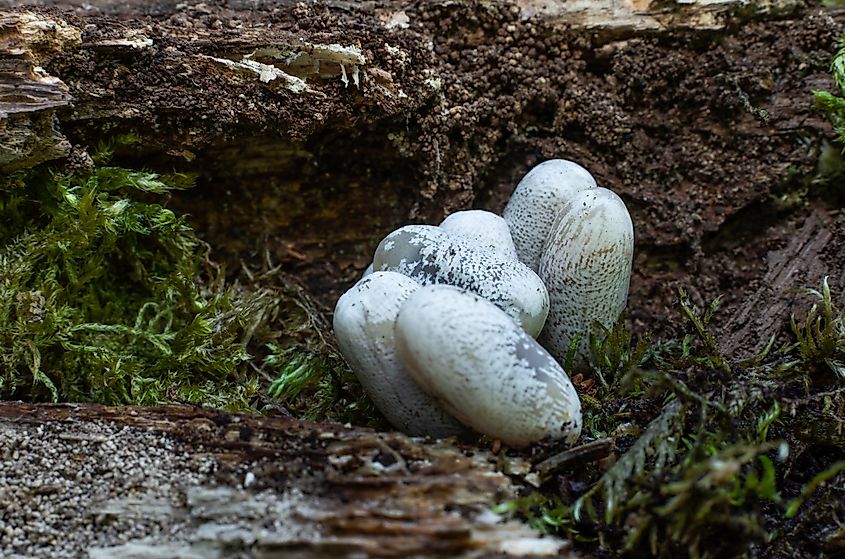
The seat of Grant County, Lancaster's natural landscapes range from riparian woodlands, deciduous forests, wetlands, prairies, and an agricultural matrix. This diversity of natural habitats draws a variety of snake species to the town, including garter snakes as the dominant species, smooth green snakes, milk snakes, and northern water snakes. Several factors support the thriving population in Lancaster, such as the availability of intact natural spaces, minimal human disturbance, and efforts by the community to conserve their natural habitat. Lancaster residents have come to understand the ecological role snakes play in the local ecosystem. For instance, farmers appreciate that snakes control rodent populations in their farms and do not rush to persecute them during encounters.
Bayfield
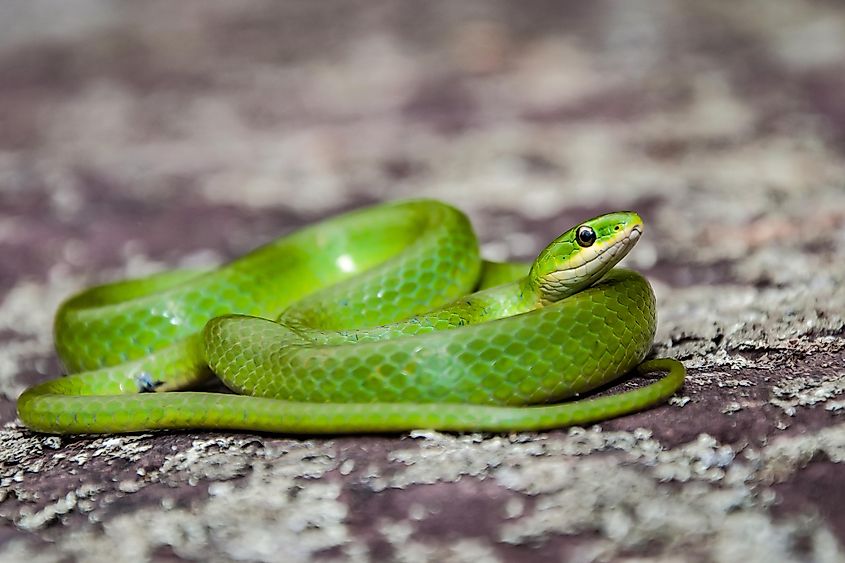
Bayfield's tiny population of about 600 residents leaves significant room for natural spaces in the town. These include northern hardwood forests with maple, pine, and aspen trees, wetlands, rocky shorelines along Lake Superior, and parklands. The main snake species in the region is the common garter snake, found throughout Bayfield, water snakes along the Lake Superior beaches, and the smooth green snake, which prefers forested areas. These impressive numbers can be credited to the moderate climatic conditions in Lancaster and the low human population that encourages snakes to thrive. Additionally, the diversity of natural habitats and peaceful human interactions with rare cases of persecution allow the local snake population to grow continuously.
The Mississippi River
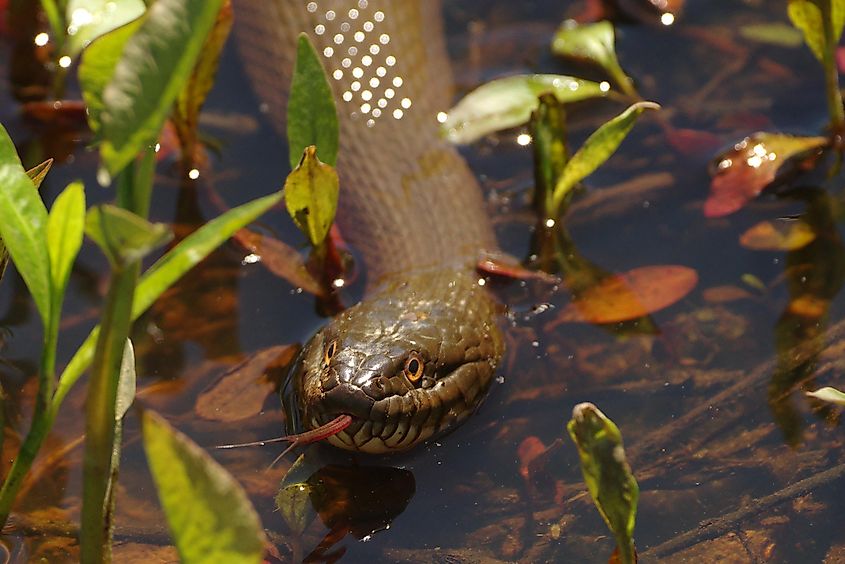
One of the largest rivers in the United States, the great Mississippi River winds about 230 miles along Wisconsin's western border. Within its waters exist a variety of wildlife, including several species of snakes—these range from bullsnakes, northern water snakes, and the venomous timber rattlesnake. Sometimes, you will encounter the eastern Massasauga on the nearby riverbanks. This is a credit to the abundance of fish, birds, small animals, and amphibians found along the waterway. With the Mississippi River serving as a prime recreational hub for boaters, fishermen, and hikers, snake encounters are standard, but most adventurers prefer to give them a wide berth. Communities along the river promote the conservation of snakes through school programs that teach children about snake safety.
Lake Pepin
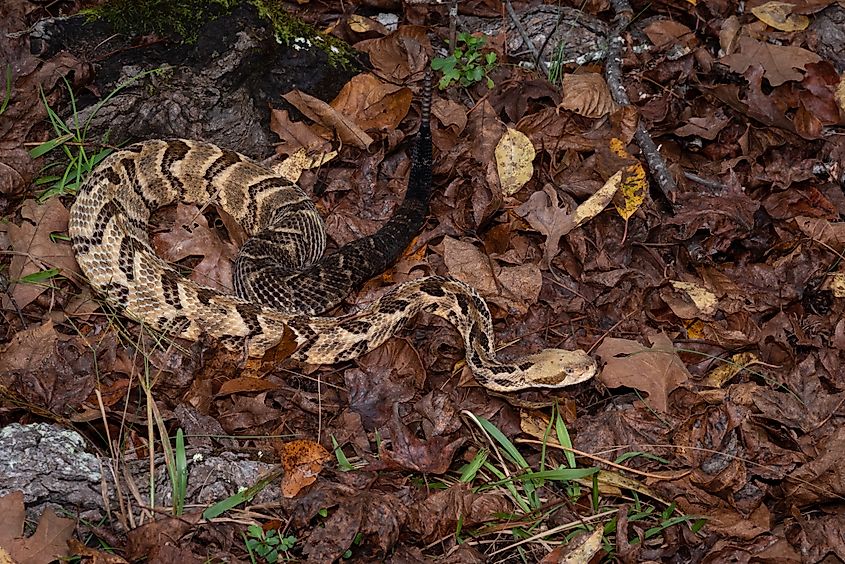
Lake Pepin is a naturally occurring lake that formed on the Mississippi River. It stretches about 22 miles long between the Wisconsin-Minnesota border, straddling several towns along the way. The lake is home to a sizable population of snake species, including the common garter snake, watersnake, ring-necked snake, milk snake, and timber rattlesnake.
Besides a wealth of prey in the floodplain forests, grasslands, and wetlands surrounding the lake, the range of natural habitats and moderate climate support the thriving snake numbers on Lake Pepin. Several recreational adventures, like boating and swimming on the lake, result in snake-human interactions, but they rarely end up in conflict.
Castle Rock Lake
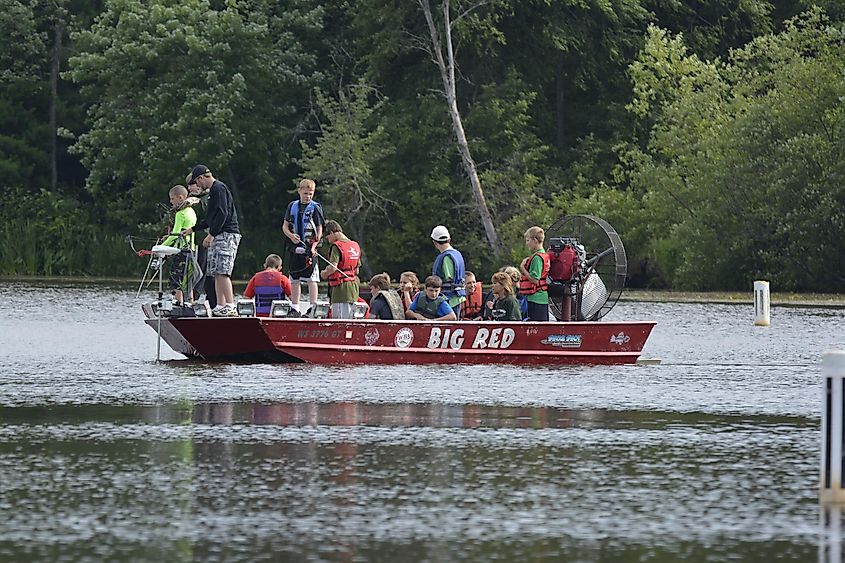
This artificial lake on the Wisconsin River spans the central Wisconsin counties of Juneau and Adams. The large waterbody is home to several snake species, including the common garter snake, the northern water snake, and the eastern hognose snake. The highest concentrations are found in wetlands and riparian corridors along the lake's edge. Overall, the main reasons for the large snake population around Castle Rock Lake are the combination of semi-terrestrial and aquatic habitats, along with the surrounding agricultural lands. Castle Rock Lake is a popular local spot for swimming and offers recreational activities like fishing and boating. Unsurprisingly, snake encounters happen daily but rarely result in confrontation. This is due to efforts to regulate recreational activities and minimize disturbance to the area's diverse shoreline habitats.
Final Thoughts
Unlike the common perception of being dangerous to humans, snakes play a crucial role in the natural ecosystem. They prey on animals like rodents and small amphibians and are preyed upon by larger predators such as eagles, helping to maintain the balance of the food chain. Therefore, it is important to understand and appreciate their role, respect their habitats, especially in areas with many snakes in Wisconsin, and learn to coexist peacefully.
